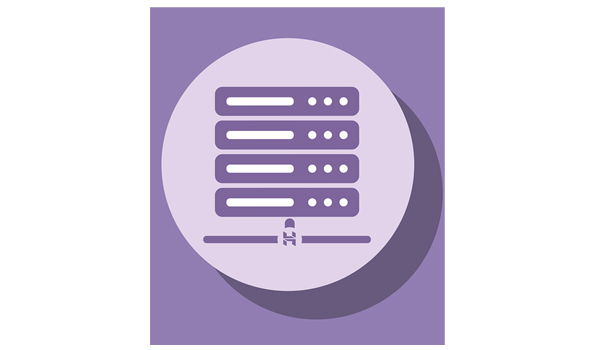Find Best Load Balancing Software for Your Business
We help you find the right Load Balancing Software for your business.

Browse Popular Load Balancing Software
Up-to-date listing of Load Balancing Software to assist you throughout your software selection and purchase journey.
Load Balancing Software:
Load Balancing Software is a software that is used to monitor and distribute excess traffic between corporate servers ensuring that a constant loading speed is maintained by corporate websites.
More simplified deployments, more flexible licensing, more throughput for the money, and direct access technical support can be provided by the software.
The efficient distribution of incoming network traffic across a group of backend servers is known as load balancing. The software acts as the traffic cop to rout client requests across all servers. It is capable of fulfilling those requests in such a manner that maximizes speed and capacity utilization and ensures that no one server is overworked, which could degrade performance. The load balancing software redirects traffic to the remaining online servers if a single server goes down.
Load Balancing Algorithms:
Load Balancing Software uses one of the following algorithms to determine where to send network traffic:
- Round-robin Algorithm: It is the simplest method of load balancing that involves moving the requests through a list of available servers in the same order.
- Least-time Algorithm: In this method, the server is selected based on the least number of active requests and fastest processing speed. Weighted algorithms may be integrated that give preference to servers with higher memory, power, and capacity.
- Least-connections Algorithm: In this method, requests can be send to servers with the least workload. The requests is send to the least busy servers by the algorithm.
- Hash-based Algorithm: In this method, a hash key is assigned to the client and server IP addresses. It can be ensured that the requests from users are sent to the same server that contains data from the previous sessions by the server which results in an efficient network resource delivery.
Features and Benefits of Load Balancing Software:
The Load Balancing Software has several features that can benefit the user in many ways to grow their business. Some of these include:
- Client requests or network load efficiently across multiple servers can be distributed.
- High availability and reliability can be ensured by sending requests only to servers that are online.
- The flexibility can be provided to add or subtract servers as demand dictates.
- The software helps network administrators and data center managers in addressing their network load management needs by routing network traffic to appropriate servers based on specific configurations.
- It helps systematically route requests to the right location so that the network traffic can be optimized.
- Costly network bottlenecks can be prevented and the security and performance required for complex IT environments can be ultimately delivered.
- It receives traffic from different sources and distributes traffic across data servers.
- It can also be served as a reverse proxy by retrieving resources from servers and returning them to clients, which appears as if they had originated from a proxy server.
- Virtual servers can be added or removed according to demand, responding automatically and in real time to fluctuations in network traffic.
- It can be programmed to work with standard desktop operating systems, cloud environments, bare metal, virtual servers, and containers.
- The software is easy to deploy on demand, saving money and time.
- An extra layer of security can be offered with the ability to reject suspicious packets before they reach the server.
- Multiple servers that have the same configuration for the efficient distribution of network resources can be managed.